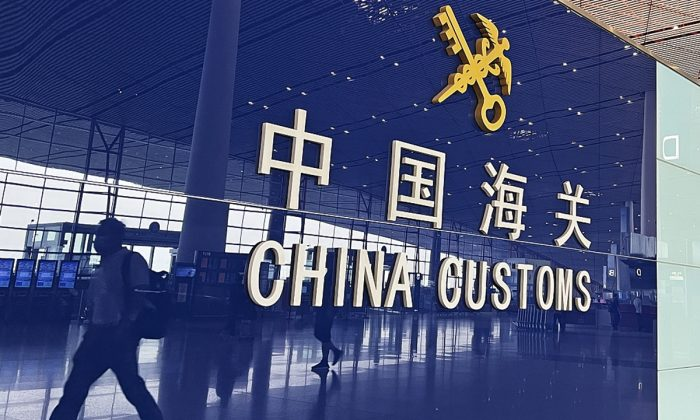This process acts as a safeguard, ensuring that products comply with essential safety, health, environmental, and consumer protection requirements before entering the EU market. This article delves into the conformity assessment process in the EU, explaining the responsible parties, the different methods used, and how manufacturers can navigate this crucial step toward market access.
Regulatory compliance is not only a legal requirement but also a crucial tool for competing effectively in the market, as consumer confidence in the safety and quality of products is essential for success.
Manufacturer’s liability
The responsibility for conformity assessment ultimately lies with the manufacturer. They are required to carry out the necessary procedures to ensure that their products comply with the stipulated requirements, even if they subcontract the design or production. This includes conducting a thorough risk analysis of the product to identify potential hazards and implement the necessary measures to mitigate them.
As we have seen in other blog articles, European regulations for the most part, as well as the new General Regulation (article here), define the manufacturer as the operator who markets, designs, or has a product designed under their own brand or trade name.
Regulatory compliance should not be underestimated when marketing a product. It is not at all unusual, and in fact we can see on the EU’s Safety Gate portal (https://ec.europa.eu/safety-gate-alerts/screen/webReport) how dozens of products are withdrawn every day due to some kind of non-compliance.
Understanding Conformity Assessment
Conformity assessment is a verification process that demonstrates that a product complies with applicable legislation before it can be placed on the market. It is carried out before the product is placed on the market and continues throughout its commercialization, covering both the design and production phases.
This proactive approach ensures that potential safety issues are identified and addressed from the initial concept to the final manufactured product.
It will be the regulations themselves, based on the risks associated with the product, that will indicate how to proceed and the path to follow in order to declare the conformity of our product:
Internal Production Control
Provides manufacturers with the expertise and quality management systems to self-assess their products based on relevant EU requirements. This method is typically suitable for lower-risk product categories.
Relevant aspects of internal production control:
- Establishment of a Quality Management System: Manufacturers create a documented system that describes the processes for design control, production control, final product inspection, and testing. This system ensures consistent quality and compliance with relevant standards throughout the product life cycle.
- Conducting Conformity Assessments: Manufacturers conduct assessments based on harmonized standards, voluntary technical specifications presumed to comply with essential requirements, or other technical specifications. These assessments may be carried out, for example, by conducting laboratory tests.
- Compiling a Technical File: The manufacturer compiles all relevant information throughout the process in a technical file. This file typically includes details about the product design, the production process, and the conformity assessment activities performed. We have a full article on the technical file here.
- Issuing a Declaration of Conformity: Finally, the manufacturer issues a declaration of conformity, in which it assumes full responsibility for the product’s compliance with all applicable EU requirements.
Participation of a Notified Body
For higher-risk products or when the complexity of the assessment requires external expertise, regulations may require the involvement of a notified body. These are independent organizations designated by EU member states to assess conformity.
If the product in question is one that must be assessed with the involvement of a notified body, the manufacturer must contact one of these bodies, which are publicly listed on the NANDO website (https://webgate.ec.europa.eu/single-market-compliance-space/#/home).
The regulations themselves will detail the extent to which this body must be involved. Once the assessment has been carried out, the body will issue a certificate of conformity, which the manufacturer will use to make the declaration of conformity, referring to the certificate from the notified body.
This control for certification by the notified body may be limited to certain aspects of the product or some of its functionalities. A detailed study of the applicable regulations must be carried out in order to know in detail what the intervention of these entities will be.
Conformity assessment is a fundamental process for demonstrating that a product complies with applicable legislation before it is placed on the market. Manufacturers are responsible for conducting a thorough analysis of the risks associated with the product, identifying potential hazards, and taking the necessary measures to mitigate them. In addition, they must compile a technical file documenting the design, production, tests performed, and risk assessment. This file must be available to market surveillance authorities and kept for a specific period, generally ten years after the product has been placed on the market.
At Zertify & Comply, we have assisted more than a hundred companies and entrepreneurs in this process of assessing the conformity of their products, from technical documentation and regulatory studies to advice on choosing the appropriate notified body or laboratories.
European regulations are overwhelming, and we are here to make them understandable, because good advice guarantees a good result. If you have any questions about the regulatory compliance of your product, please contact us and we will be happy to help you.



